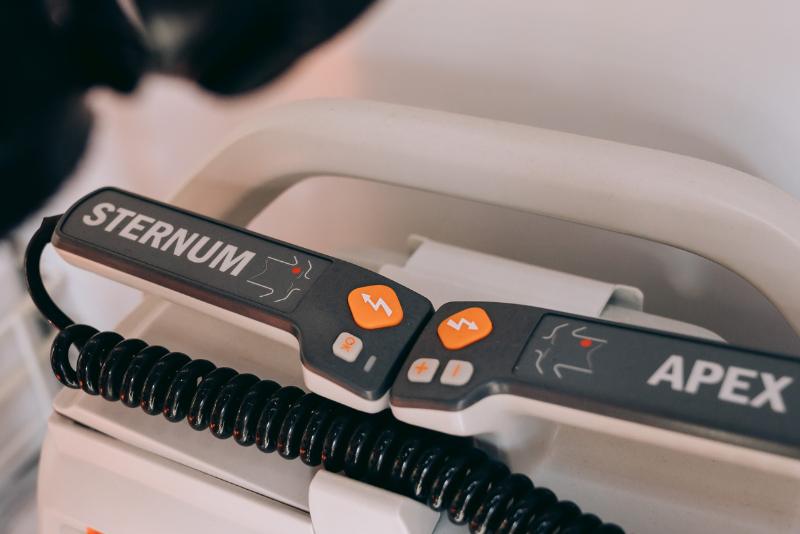Earlier this year, the IRS issued final regulations that change the filing requirements for several common employer information returns, including Form W-2, the Form 1099 series, and the Form 1094 and 1095 series. The final rule significantly lowers the threshold for mandatory electronic filing, which will require many filers who currently submit certain tax forms on paper to submit them electronically instead.
Currently, electronic filing is required for employers that file at least 250 returns during the calendar year, with each type of information return counted separately. For example, an employer that files 140 Forms W-2 and 130 Forms 1095-C for a given year is not required to file electronically under the present rules because it files fewer than 250 of each form.
Under the new rule, for information returns being filed after December 31, 2023, the threshold for required electronic filing decreases significantly, to just 10 returns. The new rule also changes the counting method, such that employers must aggregate all specified information returns to determine whether they meet the IO-return threshold. This means that an employer who previously filed 325 Forms W-2 electronically (because it exceeded the 250-form threshold) and 225 Forms 1095-C on paper (because it fell below the 250-form threshold) will be required to file both forms electronically. The returns that generally create the largest number of forms and that will most likely cause an employer to meet the threshold are:
- Form W-2 – used to report wage and tax information
- Forms 1094-B and 1095-B– used by employers with fewer than 50 full-time employees who sponsor a self-insured medical plan
- Forms 1094-C and 1095-C– used by Applicable Large Employers (ALEs) to report information about the health coverage offered to their employees
- Form 1099 series – used to report non-salary income to the IRS
This rule change will affect ALEs with 50-249 employees and smaller employers who sponsor
self-insured medical plans, as those employers have been allowed to file paper forms in the past. The current electronic filing process is complex, and most employers have chosen to contract with a third-party service provider to complete their forms and submit them electronically. Employers that have historically filed on paper should work with their payroll vendor, reporting vendor, and/or benefit advisor now to develop a game plan for their 2023 reporting cycle to ensure they are ready to submit their forms electronically in early 2024.
Disclaimer: The information provided in this bulletin does not, and is not intended to, constitute legal advice; instead, all information, content, and materials available through this bulletin are for general informational purposes only.
[psa_btn href=”<a href=”https://www.psafinancial.com/wp-content/uploads/2023/09/IRS-Updates-Electronic-Filing-Requirements_PSA-RGB-Website-copy-1.pdf” target=”_blank” rel=”noopener”></a>” target=”_blank” type=”blue”]Download a Copy of this Benefit Minute[/psa_btn]
Evolving healthcare legislation requires continuous benefits plan compliance oversight, which may be overwhelming for your organization. Take a deep breath—our compliance experts can help! Learn more about Employee Benefits Compliance services to protect your organization from fees and penalties.




